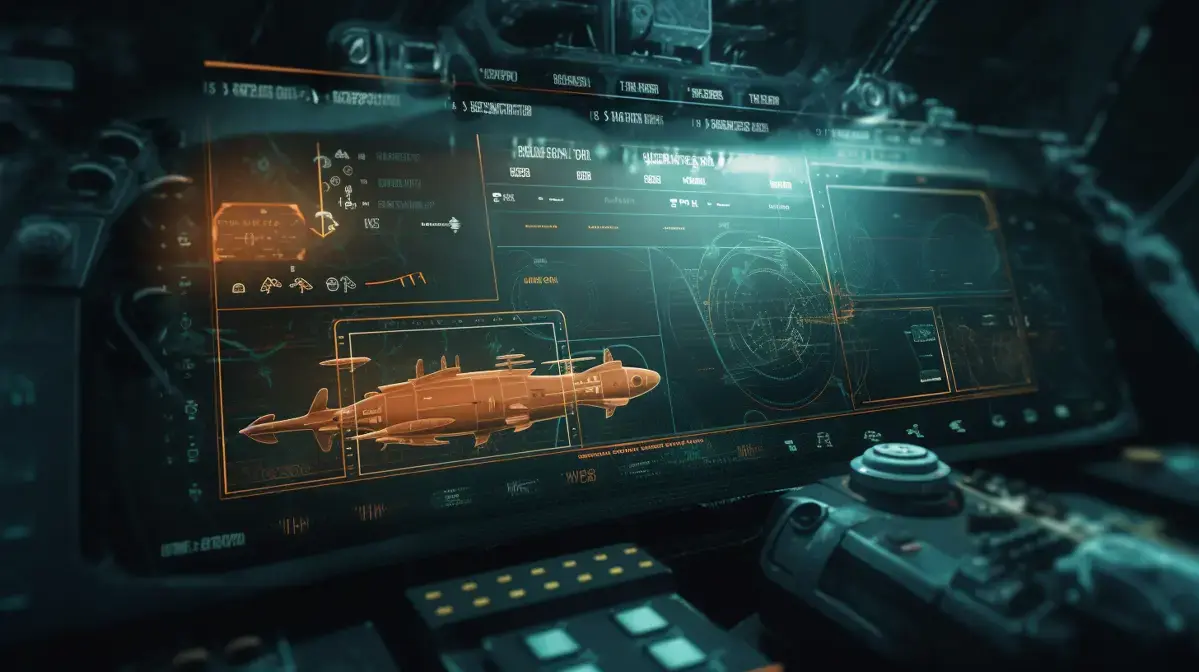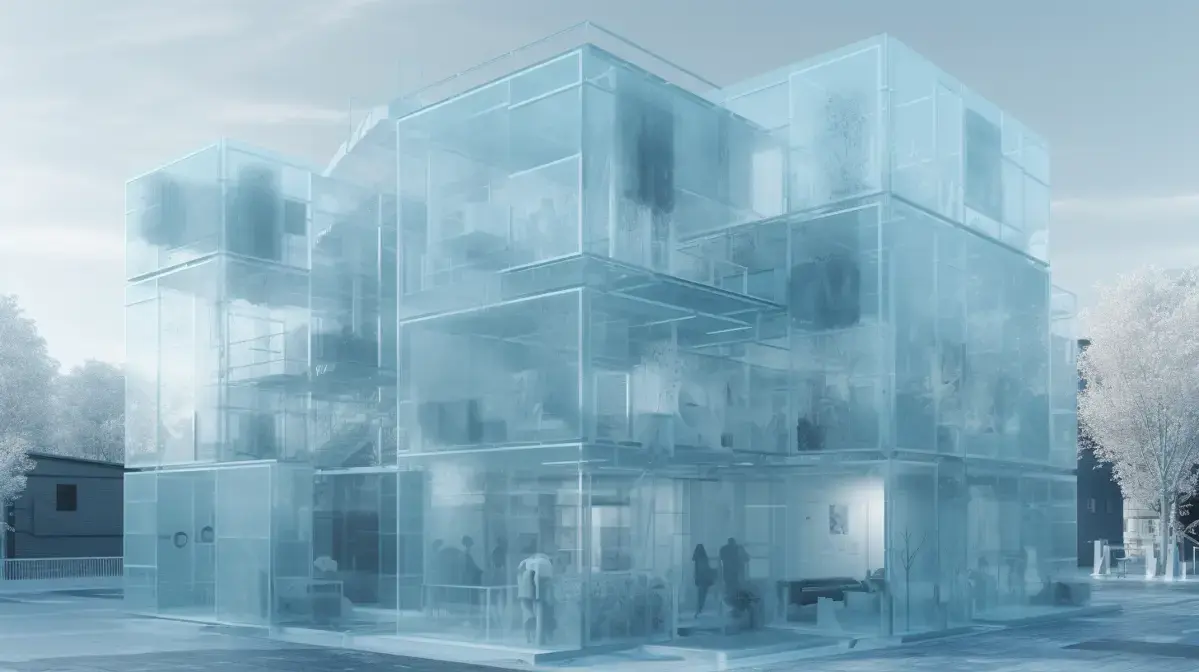Table Of Contents
- Key Points
- Introduction to Augmented Reality and Its Growing Role in Tourism
- Interesting Facts
- Augmented Reality Mobile Apps: Changing the Way Tourists Explore Cities
- FAQs
- Enhancing Cultural Experience Through Augmented Reality Museum Exhibits
- Virtual Tours with Real-Life Experience: How Augmented Reality is Transforming Travel Industry
- Interactive Navigation with Augmented Reality Technology for Adventure Seekers
- Key Takeaways
Augmented reality (AR) is revolutionizing the tourism industry in ways never seen before. With AR technology, tourists can experience destinations like never before and create lasting memories. From interactive maps to virtual tours of famous landmarks, AR has enhanced tourism experiences for travelers worldwide.
One key feature of AR-enhanced tourism is its ability to provide visitors with a more immersive experience. Through the use of digital overlays and 3D images, visitors can see historical sites as they once were or explore them from different angles.
Another innovative way that augmented reality is enhancing tourism is by providing interactive maps that allow users to navigate unfamiliar cities with ease. By simply pointing their phones at buildings or streetscapes, tourists can receive information on nearby attractions or translations for foreign signs.
Overall, there are countless ways in which augmented reality technology has improved travel experiences around the world. To learn more about this exciting new field and how it’s changing tourism for good check out argeopin.com/augmented-reality/

Key Points
- Augmented reality (AR) is revolutionizing the tourism industry by offering immersive and interactive experiences to travelers.
- AR-enabled mobile apps are allowing tourists to explore destinations and attractions in a new way, enhancing engagement with the surrounding environment.
- Museums, historical sites, and landmarks are incorporating AR technology into their exhibits to provide visitors with an enhanced understanding of the location’s history or significance.
- The use of AR enhances personalization by tailoring virtual content according to individual interests and preferences. This allows for a more personalized experience for each traveler.
Introduction to Augmented Reality and Its Growing Role in Tourism
Augmented Reality (AR) is a technology that has been around for decades but it’s only in recent years that it’s become more accessible to the masses. AR is an experience where digital content overlaps onto the physical world, making our real surroundings come to life through devices such as smartphones and tablets. As an English born Augmented Reality expert, I have seen firsthand how this technology can be used in many areas of tourism.
From guided museum tours to interactive city maps, AR has revolutionized the way tourists explore their destinations. It provides a unique experience by overlaying relevant information such as historical facts or restaurant reviews directly onto physical locations. By using AR on your travels you can bring new meaning and context to each location you visit.
One example of this is ‘The Civilisations AR App’ which was launched by BBC Arts and Google Arts & Culture back in 2018 showcasing some of London’s most famous attractions like Buckingham Palace or The British Museum among others . It brings historic paintings from these museums into 3D space creating a wholly immersive augmented reality gallery within your home allowing anyone with access via smartphone or tablet device around world able get up close without needing physically attend exhibition itself – perfect for those unable travel due pandemic restrictions.
In conclusion , Augmented Reality will continue transforming our travel experiences providing endless opportunities for exploration whilst offering informative insights into each destination we choose visit.
Interesting Facts
-
- The global market for augmented reality in tourism is expected to reach $1.3 billion by 2025.
- Augmented reality can bring historical sites and landmarks back to life, allowing tourists to experience what they looked like in their prime.
- An AR app called Smartify allows visitors at museums around the world to scan artwork with their phones and receive information about the piece, its history, and its creator.
- In Japan, there is an AR app that helps tourists navigate public transportation by scanning signs written in Japanese characters and translating them into English or other languages on-screen.

Augmented Reality Mobile Apps: Changing the Way Tourists Explore Cities
Augmented Reality, or AR for short, is an exciting technology that has been at the forefront of innovation in recent years. Its ability to blend digital content with real-world environments creates a unique and interactive experience for users. The tourism industry has taken notice of this and is incorporating AR experiences into their offerings.
As an English-born Augmented Reality expert, I have seen firsthand how this technology can revolutionize the way tourists engage with their surroundings. Imagine being able to point your phone’s camera at a historical site and seeing it come alive before your very eyes. Or using AR to navigate through unfamiliar cities without any language barriers.
One example of how AR is being used in tourism can be found in Singapore’s Changi Airport. Travelers can use their phones to scan QR codes located around the airport which will unlock fun interactive activities such as digital treasure hunts or virtual tours showcasing different parts of Singapore.
AR also provides an opportunity for travelers to immerse themselves culturally while learning about history and landmarks through interactive storytelling experiences like Pokemon Go tour guides which educate visitors on local culture while players catch pocket monsters along scenic routes within Japanese cities such as Kyoto&Shizuoka
Overall, everyday more destinations are incorporating augmented reality into tourist attractions as they recognize its unparalleled potentiality bringing new opportunities that didn’t exist before; offering immersive story-telling environment encouraging people from all over world visit these sites again & again
FAQs
Q: What is augmented reality?
A: Augmented reality (AR) is a technology that superimposes computer-generated images, sounds or other sensory experiences on a user’s real-world view.
Q: How can AR enhance tourism?
A: AR can enhance tourism by providing interactive and immersive experiences for tourists. For example, using AR apps, tourists can explore historical sites and landmarks with virtual overlays of information or see 3D models of attractions before visiting them in person.
Q: What are some innovative ways that AR is being used in the travel industry?
A: Some innovative uses of AR in the travel industry include virtual guides that provide personalized recommendations based on users’ interests, language translation tools to help travelers communicate with locals and even VR simulations to preview hotel rooms before booking.
Q. Are there any limitations to using augmented reality for tourism purposes?
A. There are some challenges associated with using augmented reality for tourism purposes such as potential issues related to implementation costs , limited access mobile internet connectivity while travelling abroad & data storage capacity issues due large file sizes inherent within most high quality VR/AR applications.

Enhancing Cultural Experience Through Augmented Reality Museum Exhibits
In recent years, Augmented Reality (AR) technology has become increasingly integrated into the tourism industry. When it comes to travel experiences, traditional guidebooks and brochures have been replaced by digital solutions that offer immersive 3D visuals and real-time information. AR technology allows travelers to explore destinations in new ways, with detailed facts and interesting stories popping up on their mobile devices as they move around.
For instance, imagine strolling through the bustling streets of Paris while wearing an AR headset that provides you with a historical overview of every landmark you come across. Or taking in the stunning scenery at Machu Picchu while your app informs you about ancient Incan traditions or how exactly those awe-inspiring ruins were built centuries ago.
But it’s not just cultural landmarks – even natural wonders can be enhanced by AR technology. For example – visitors hiking Yellowstone National Park can learn more about geysers or wildlife sightings right from their smartphone apps.
As someone who works within this exciting field every day – our expert knows that there are endless possibilities for combining augmented reality with tourism creating unforgettable experiences for tourists all over the world.
Virtual Tours with Real-Life Experience: How Augmented Reality is Transforming Travel Industry
Augmented Reality, commonly known as AR, is revolutionizing the way we perceive our surroundings. It adds a virtual layer to the world around us and enhances our sensory experience by incorporating digital elements into real life. The technology has evolved substantially over recent years and has found applications in various fields including entertainment, education, healthcare, retail and more recently tourism.
AR is transforming the way people travel by bridging gaps between language barriers and cultural differences. Tourists can use AR to learn about local customs or historical landmarks without having to rely on tour guides or translators for information. For instance; while visiting ancient sites like Stonehenge in England tourists can access an interactive map with information overlays using their smartphones through an augmented reality app such as Google Lens.
Not only does AR add value for tourists but it also enhances their experiences of tourist destinations providing a whole new level of immersion that previous technologies couldn’t offer such as allowing visitors “touch” endangered species at wildlife parcs across Europe via handheld devices equipped with 3D viewers powered up with Augmented Reality technology.
The advancement of augmented reality means travelers are now able to explore unfamiliar territories like never before – from anywhere in the world they have internet connection.
Interactive Navigation with Augmented Reality Technology for Adventure Seekers
Augmented reality has become the new buzzword in the tourism industry. It is a technology that overlays digital elements onto real-world environments, creating an immersive experience for users. As an English born augmented reality expert, I have seen firsthand how this technology can revolutionize the way people experience travel.
One of my most memorable experiences with AR was when I visited a historical site in France. With just my smartphone and AR app, I was able to see what the site looked like centuries ago and learn about its history through interactive visual displays. This transformed my entire visit from being passive to fully engaged and enriched.
AR also offers practical benefits for travelers by providing them with useful information such as directions or translations on their smartphones without having to carry guidebooks or engage with locals who may not speak their language fluently.
This exciting technology is only going to grow in popularity as more people discover its value as a tool for enhancing travel experiences both locally and internationally across different cultures. So why not give it a try on your next trip? You may find yourself transported back into another time or place thanks to augmented reality.
Conclusion
In conclusion, augmented reality is revolutionizing the way people experience tourism. With its ability to enhance information and offer immersive experiences, AR technology has made it easier for tourists to understand their surroundings while making it more engaging and fun. From virtual tours of historical sites to interactive navigation systems in theme parks, augmented reality is offering unique ways that tourists can interact with the world around them. As the technology continues to evolve, we can expect even more innovations that will change how we travel forever. Whether you are an avid traveler or just looking for a new adventure, there has never been a better time than now to explore all that augmented reality has to offer.
Key Takeaways
-
- Augmented reality is enhancing the tourism experience by providing immersive and interactive experiences.
- Tourists can use AR to explore historical landmarks, museums, and natural wonders in a unique way.
- The technology is also helping travelers navigate unfamiliar destinations with ease through real-time translations and directions.
- AR-powered apps are making it possible for tourists to preview accommodations before booking them.
- By incorporating augmented reality into their offerings, travel companies can attract more tech-savvy visitors while also improving customer engagement.





































